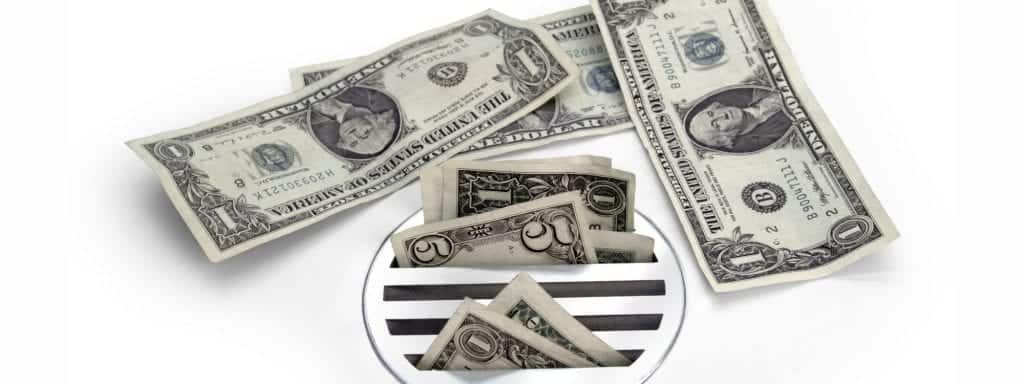
How to Calculate the Cost of Customer Defections
All companies have customers who defect. But how much does a lost customer really cost you? Here’s a calculator that will show you.
SEE THE VIDEO
How to use the Lost Customer Calculator
To calculate the potential negative impact of just one lost customer to your business, answer questions A, B & C to the best of your ability, and the calculator will do the rest. If you aren’t sure, make an educated guess. Try it a few times with different numbers, just to see what comes up. You probably won’t like the numbers, but if you enjoy the calculator, please share the link!
Remember – even if this calculator off by 80% (it’s not), it’s still a big number!
About the Lost Customer Calculator
In the mid-2000s The Belding Group published a white paper on the cost of a single lost customer, and why service recovery is so important. The calculations were based on a combination of Customer Lifetime Value (CLV) and the 1995 research by UC Berkeley’s David Collier’ on how many people we tell about our poor customer experiences.
The cost of a single defecting customer is scary
The math was both compelling and scary. Scarier still, is that Dr. Collier’s numbers were based on a pre-social-media world, making them profoundly outdated in today’s hyper-connected world. As of 2019. 79% of North Americans were on Facebook alone (each averaging over 150 friends). Then there’s Twitter, Instagram, TikTok, YouTube, LinkedIn, and, and, and…
So, we created this calculator to give people an idea of the enormous hidden cost of one, single defecting customer.
How the Lost Customer Calculator works
We start with your CLV
It begins by calculating your average CLV, or Customer Lifetime Value. This is a calculation of how much money your average customer can realistically spend with you over a lifetime. It is also how much you lose when a customer says “I’m never going back there” about your company.
Then we add in the ripple effect
The calculator then computes the potential ripple effect of defecting customers spreading the word to their friends, family, colleagues, acquaintances, etc.
In a perfect world, the ripple effect would be calculated by looking at the average total number of social media connections individuals have. Sadly, that bit of research does not yet exist, so for this calculator, we have just used the number of friends (155) the average person has on Facebook.
We chose Facebook because of it’s deep penetration in the U.S. (which is, coincidentally, the same average of overall social media usage in the U.S.). We worked on the assumption that the 20% of non-Facebook users would be largely offset by people with other, or multiple social media accounts.
Confession: The Ripple Effect number isn’t perfect
The Ripple Effect number isn’t perfect. It assumes that every defecting customer only has Facebook, and no other social media. It also assumes that the defecting customer will share with all of their contacts, and that all of their contacts are existing or prospective customers of yours who will no longer do business with you.
But, while the potential ripple effect number isn’t precise, it does help you see the enormity of risk associated with poor customer experience.
Reduce the number by 80%
If you’re worried that the numbers are just too extreme, that’s okay. Just for fun, reduce it by 80%, and see what you get then.
It’s still a really big number, isn’t it?
Or, increase it by 1000%
On the other hand, you might be one of the over 10 million people who viewed David Carrol’s iconic United Breaks Guitars customer complaint, or the thousands who also stopped flying United Airlines after they literally dragged Dr. David Dao off of an overbooked flight…
Why Belding Training Programs Get Results
Belding didn’t become a top training company for customer service and leadership by accident. We are only successful when you are, so we approach your training with four principles:
1. The focus is on you
We get a clear understanding of your organization and your teams, then design a memorable learning experience that gets the results you need.
2. The training content will resonate
We leave nothing to chance. Every concept, skill and practice we introduce is aligned with supporting evidence, and relevant to your workplace. Everything will resonate with your team.
3. The delivery is fantastic
Belding’s programs are brought to life by our highly-skilled, dynamic and engaging trainers. They all share two traits: Deep expertise in the subject matter, and 100% focus on your success.
4. The training will stick
Our on-site courses don’t just end when the workshops do. They include powerful reinforcement components to help your people retain, practice and master the skills in their live environments.

